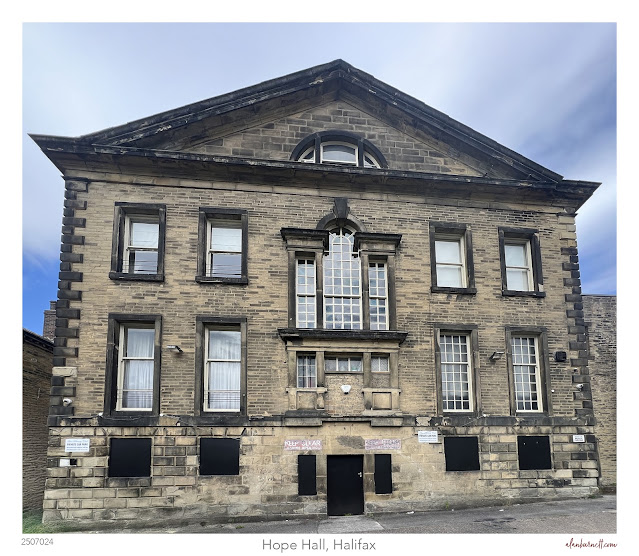I've no idea who the child is or why the donkey seems to have lost its head, but that doesn't matter. It's just one of the prints from my more than plentiful supply of lost and unknown old photographs. It's summer, it's seaside, it's joyous.
Seaside holidays in my youth were spent at either Bridlington on the East Coast or New Brighton on the West. Bridlington was always my favourite: you could smell the fish and the candy floss and the chips. You could walk by the Sailors' Bethel, where they sang hymns to those in peril on the big dipper.
A photo of my Aunty Miriam and Uncle Frank (how can you go swimming in the sea while smoking a cigarette?) and some unknown child. There's a Georges Seurat feel about the scene, and it perfectly illustrates how random old photographs can become works of art in their own right.
I took this picture of Cleethorpes back in the 1980s. I've always had a bit of a love affair with the North Lincolnshire town; it's something about the way the land, the sea and the sky merge together. In any week celebrating the British seaside, Cleethorpes has to be included.










































